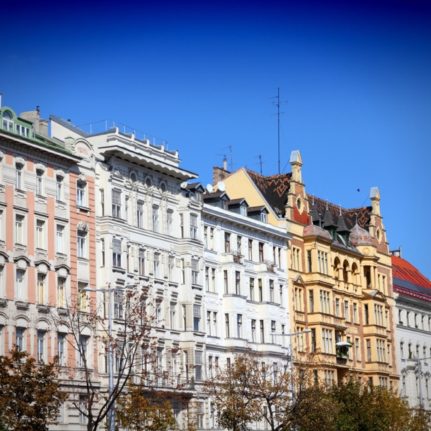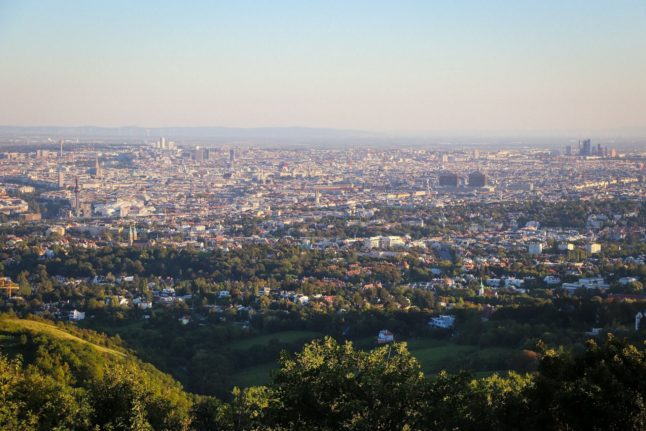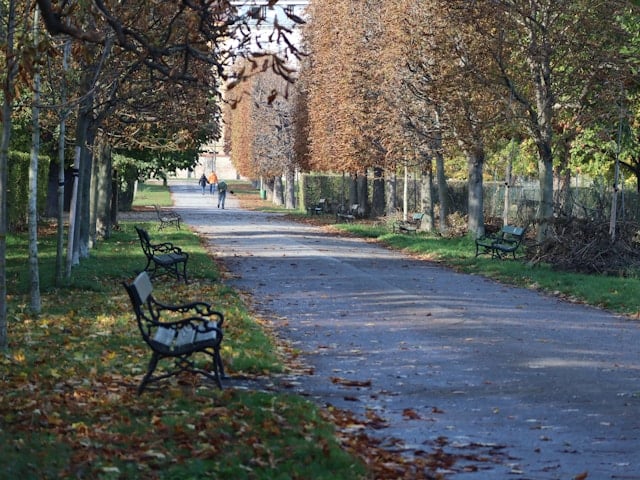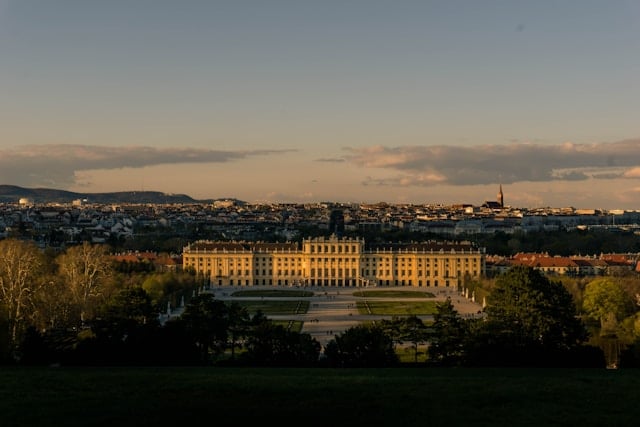Austria is a renter’s country, with a large proportion of the population renting instead of owning homes, particularly in the capital Vienna, where there are many subsidised opportunities and a strong rental control system.
However, if you plan on renting, especially if you are renting in the private market (where most opportunities for new arrivals are), there are a few things you need to know about your rights and responsibilities as a tenant.
READ ALSO: The words you need to know before renting a flat in Austria
Your fundamental rights as a tenant
One of the most crucial aspects of your rental agreement is the right of use, explains the Chamber of Labour, granting you exclusive access to the specified apartment and its ancillary rooms, such as a cellar compartment. This means that neither the landlord nor anyone else can enter your apartment without your consent.
This also means that no one is allowed to deny you access to your apartment.
Under the tenancy agreement, the landlord must provide you with keys for the front door, apartment, and, if applicable, the cellar compartment at their own expense. Additionally, you are entitled to a spare key, enabling someone to enter your apartment, for instance, to water plants during your absence.
READ ALSO: Tenant or landlord – Who pays which costs in Austria?
Ensuring the agreed-upon condition of the apartment is another vital right afforded renters. If the rental agreement outlines a specific condition, such as “fully renovated,” the apartment must be handed over to you in that agreed-upon state.
If discrepancies arise, like receiving a defective apartment when it was supposed to be fully renovated, you have the option to insist on necessary renovations or demand a reduction in rent. This ensures that the apartment is delivered as per the terms outlined in your rental agreement.
In case of works and repairs, the landlord must perform maintenance of the general parts and facilities of the house, including heating boilers and other heating appliances, and make any repairs in the home to remedy serious damage to the house or a significant health hazard.
Your responsibilities
Of course, your most basic obligation is to pay the agreed rent regularly and in full. Transfers are usually made by the 5th day of each calendar month at the latest – most landlords require permission to collect the amount directly from your bank account.
You also have a duty to “handle the rented property with care”, the Chamber of Labour adds. You are not allowed to carry out any major change or renovation without the property owner’s consent. You also need to be considerate of your neighbours.
In Austria, there is also a “duty to tolerate”, which means you must allow certain measures by the landlord. This includes any improvement work or repairs either in your apartment or in the building, even if it directly impacts you.
READ ALSO: Can my landlord in Austria increase the rent whenever they want?
For example, you might need to allow changes in your bathroom floor if it causes water damage in the apartment below yours. For this type of important reason, you must allow the people appointed by the landlord to go into your apartment. However, you need to receive at least one week’s notice, and the appointment needs to be coordinated with you unless there is imminent danger.
As for repairs, your basic duties include the maintenance of the apartment, including heating, water, gas and electrical lines. Additionally, you are expected to care for and clean the windows and immediately notify the landlord in the event of any serious damage or a health hazard.
‘Illegal contracts’
It often happens that contracts are made with irregular clauses, meaning clauses that are not allowed by Austria’s tenancy law. For example, you might be asked to sign an agreement stating that the apartment needs to be returned in “exactly the same condition in which it was rented” – which is impossible after people have lived in it.
Another example is clauses requiring renters to return apartments “freshly painted”, which has no basis in rental law. If renters refuse to sign such contracts, they risk not getting the home.
However, a property owner cannot invoke unlawful agreements, even if you have signed them. If you have questions about your contract, you can go to a Renters Association (Mieterorganisation), such as MieterHilfe, in Vienna, to have your contract checked out.






 Please whitelist us to continue reading.
Please whitelist us to continue reading.
Member comments